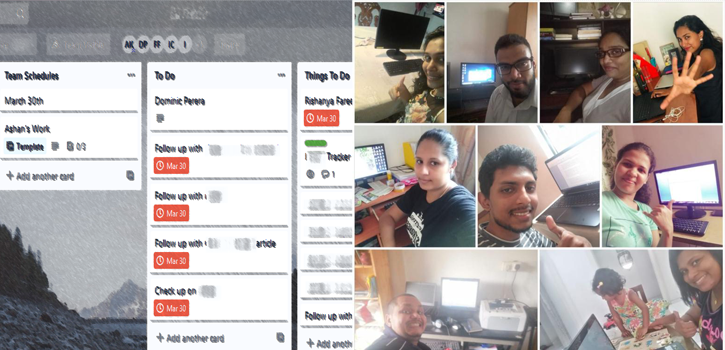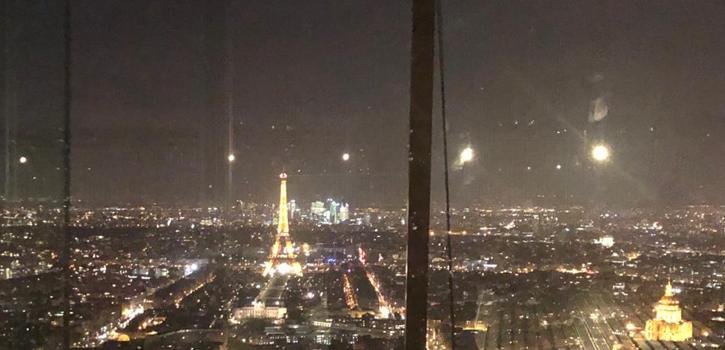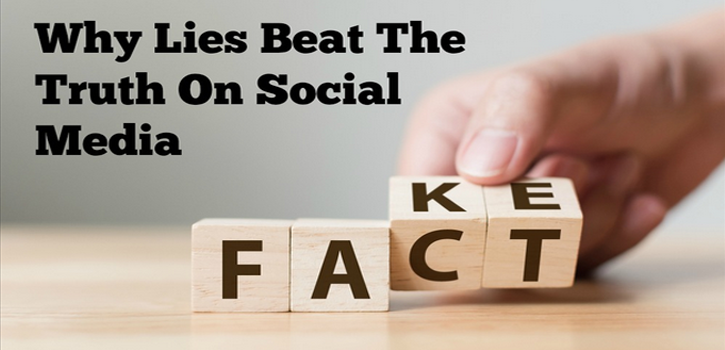We’ve all heard the stories and seen a lot (and I mean A LOT) of posts on social media talking about the three R’s of sustainability. However, I’m here to tell you there’s actually more. The 3 R’s are actually FIVE. Yes, that’s right… I said FIVE because this time we are speaking of the fashion industry. While Reduce, Reuse and Recycle are the global anthems of sustainability; the fashion industry has a whole new fiver to give you. So here it is;
1. Rent
2. Reuse
3. Repair
4. Redesign
5. Resell
The “Fabric-Five”, as I call it, is probably the easiest of steps to take for proper circular consumption. To start off, understand that circular consumption is just one part of sustainable living…but it’s a biggie.
Circular consumption does not just relate to fashion. It relates to sportswear, outdoor wear and everyday wear. It can be defined as clothes, shoes or accessories that are designed, sourced, produced and provided with the intention to be used and circulated responsibly and effectively in society for as long as possible in their most valuable form, and hereafter return safely to the biosphere when no longer of human use.
Rent (Borrow)
Fast fashion makes shopping for clothes more affordable, but it comes at an environmental cost so your first step into circular fashion starts here. Allow yourself to grow out of the social bubble and the status quo and start borrowing or renting out clothes. Borrowing or even swapping your clothes out with a friend or shopping at thrift stores can help massively in the fight against fast fashion.
Reuse
If you don’t intend on wearing a piece of clothing more than twice, why buy it at all? Allowing yourself to wear clothes for an extended period of over 3 months can help reduce your carbon footprint by 5-10% percent. The fashion industry, which produces 10% of all humanity’s carbon emissions, is the second-largest consumer of the world’s water supply, and pollutes the oceans with micro plastics.
Repair
Just because you have a couple of loose stitches, a tiny tear or lost a button or two does not mean that piece of clothing needs to be dumped. Clothes can be repaired, adjusted and altered, thus, being used for longer. Social media has duped us into believing that new is always better, however, taking care of your things is what is actually better. Not just for you but for everyone else as well. For example, it takes 10,330 liters of water to grow the cotton for a jacket which is 24 years of drinking water for one person, which should allow you to realize that that one loose stitch and slight tear… is completely repairable.
Redesign
You’ve heard of the saying “Two Wrongs, Don’t Make a Right” however this is where the saying is disproved. Two or more used or damaged pieces of outfits provide opportunity for design initiatives and ideas by combining new ideas to boost designs as well. This allows for longevity and prolonged use.
Resell
This is a great way to promote circular economy hand in hand with circular fashion as no extra expenses are incurred in production as the items are pre-loved thus making it economically sustainable and ecologically sustainable as well. This mode of circularity is a helpful method of expanding the lifeline of your outfits. Currently, clothing production is the third biggest manufacturing industry after the automotive and technology industries. Textile production contributes more to climate change than international aviation and shipping combined.
The “Fabric-Five” can help reduce much of the carbon footprint and wastage in the planet and help circularize the fashion economy and consumption in unison. While slow fashion is harder to instill within the public, it certainly is the best possible mode of fashion.
Statistics Source:
Patriot Act by Hasan Minhaj,
Business Insider








